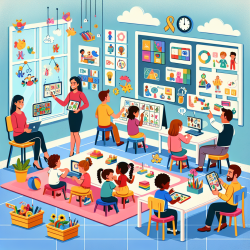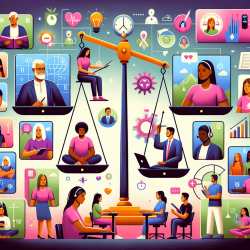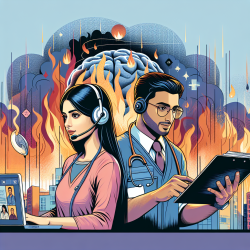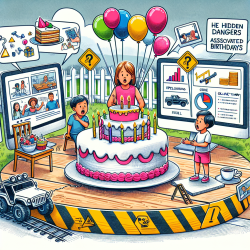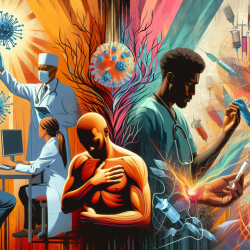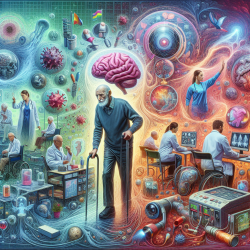In the ever-evolving field of special education, teachers are continually seeking out new and effective strategies to support their students, particularly those with Autism Spectrum Disorder (ASD). A recent qualitative study has shed light on the pedagogical approaches of two teachers who have made significant strides in educating students with ASD. Through in-depth interviews, this research uncovers the effective strategies these educators employ in their classrooms, providing valuable insights for teachers, parents, and special education professionals alike.
The study's findings are organized into three main themes: the use of technology, the implementation of visuals, and the application of reinforcement. Each theme represents a cornerstone in the pedagogical approach to teaching students with ASD, highlighting the importance of tailored educational strategies that meet the unique needs of these learners.
Use of Technology
Technology has become a fundamental tool in special education classrooms, offering unique opportunities for engagement and learning. The teachers in the study highlighted the use of interactive software and applications specifically designed for students with ASD. These technological tools not only facilitate learning but also help students with ASD to maintain focus and participate actively in lessons. Furthermore, technology can be a powerful medium for non-verbal students to communicate their thoughts and needs, bridging the gap between them and their peers.
Use of Visuals
Visual aids play a crucial role in supporting the learning of students with ASD. The study emphasizes the effectiveness of visual schedules, picture cards, and other visual supports in providing structure and predictability, which are often needed by these students. Visuals help to concretize abstract concepts and instructions, making them more accessible. They also aid in the development of communication skills and the understanding of social cues, both of which are essential for the holistic development of students with ASD.
Use of Reinforcement
Positive reinforcement is a strategy that cannot be overlooked when teaching students with ASD. The study points out how rewards and incentives tailored to the individual interests and needs of the students can significantly enhance motivation and engagement. Whether it's verbal praise, tokens, or access to preferred activities, reinforcement encourages positive behavior and learning outcomes. It's important for educators to identify what motivates each student and to use that knowledge to foster a positive and supportive learning environment.
The insights provided by this study are invaluable for anyone involved in the education of students with ASD. By integrating technology, visuals, and reinforcement into their teaching strategies, educators can create a more inclusive and effective learning environment. These approaches not only support the academic development of students with ASD but also their social and emotional growth.
For more information, please follow this link.
